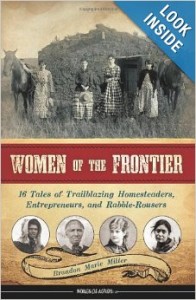Despite heart-warming stories such as the Christmas Truce of 1914 and the redemption of Scrooge in A Christmas Carol by Charles Dickens, Christmas and its message of “peace on earth, goodwill to men”, does not always bring about compassion nor does it everywhere restrain evil.
“In late 1891, Tibbles and Susette [La Flesche] traveled to Pine Ridge, on of the Sioux reservations in southwestern South Dakota. Many had fled the reservation, fearful of the soldiers who’d come to quell any disturbances aroused by the Ghost Dance. Starving Indians danced to bring the savior, to se departed loved ones living again, and to see the whites driven away and a new earth returned, once again home to free Indians, the buffalo, the elk, and the antelope.
On Christmas Eve, soldiers slaughtered a band of Indians camped near Wounded Knee Creek; they were under Chief Big Foot and included men, women, and children. In one of the darkest moments of her life, Susette helped care for the survivors that escaped to Pine Ridge.”
~Women of the Frontier by Brandon Marie Miller
And this episode and other like it illustrate why we need more than a message from angels, more than the moral law that we know to be true: we need a Savior.
Today’s Gifts from Semicolon
A song: “I understand Christmas as I understand Bach’s Sleepers Awake or Jesu, Joy of Man’s Desiring. . . When I am able to pray with the mind in the heart, I am joyfully able to affirm the irrationality of Christmas.” ~Madeleine L’Engle
A booklist: A Madeleine L’Engle Annotated Bibliography
A birthday: Nick Vujicic, Serbian Australian evangelist and motivational speaker, b. 1982.
A verse: God Knows by Minnie Louise Haskins.
